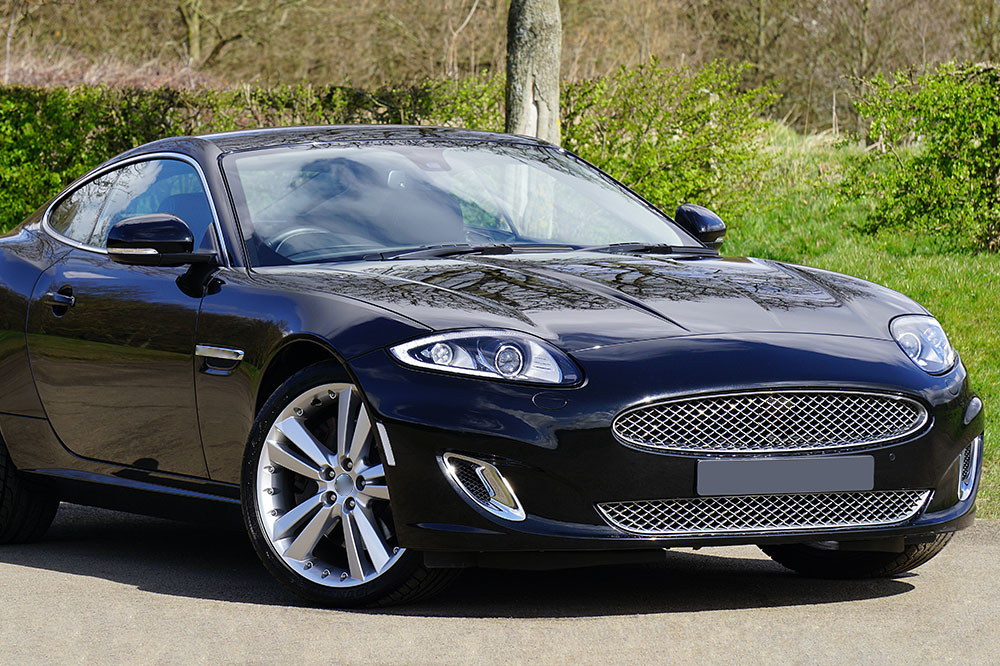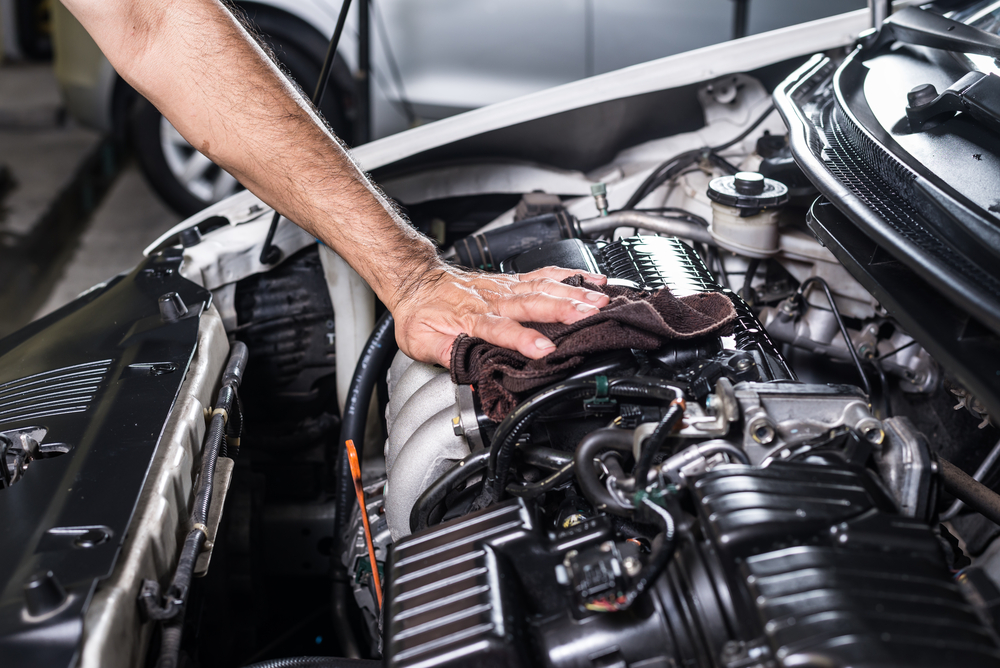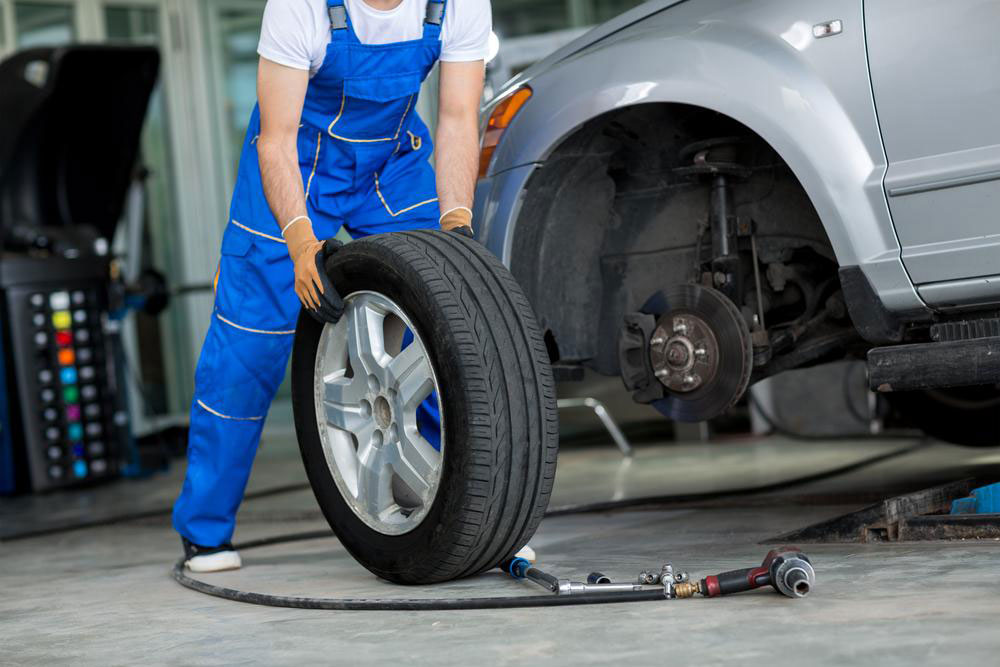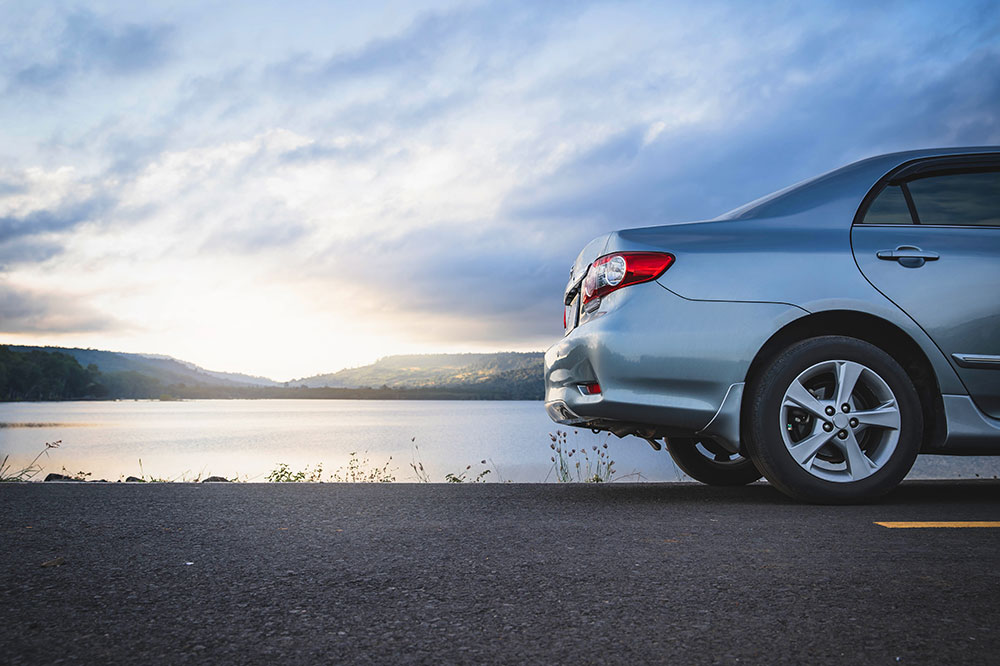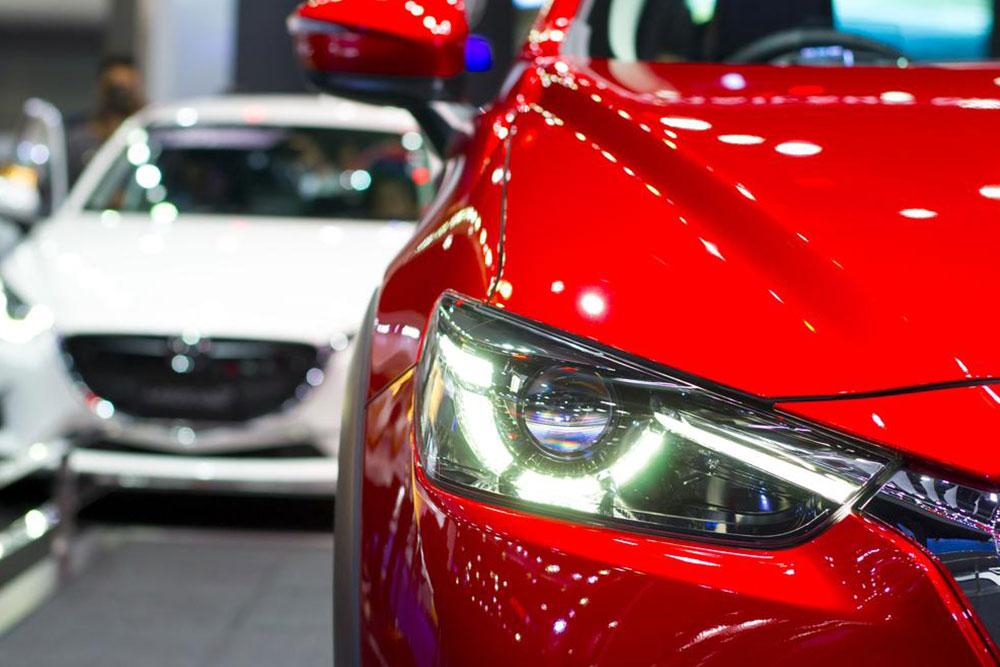The Future of Convertible Vehicles: Trends, Challenges, and Opportunities
Explore the future prospects of convertible vehicles, including design innovations, safety challenges, maintenance concerns, and how advancements in automotive technology are shaping their market. Discover whether convertibles will continue to captivate drivers with their unique appeal amidst evolving industry trends.
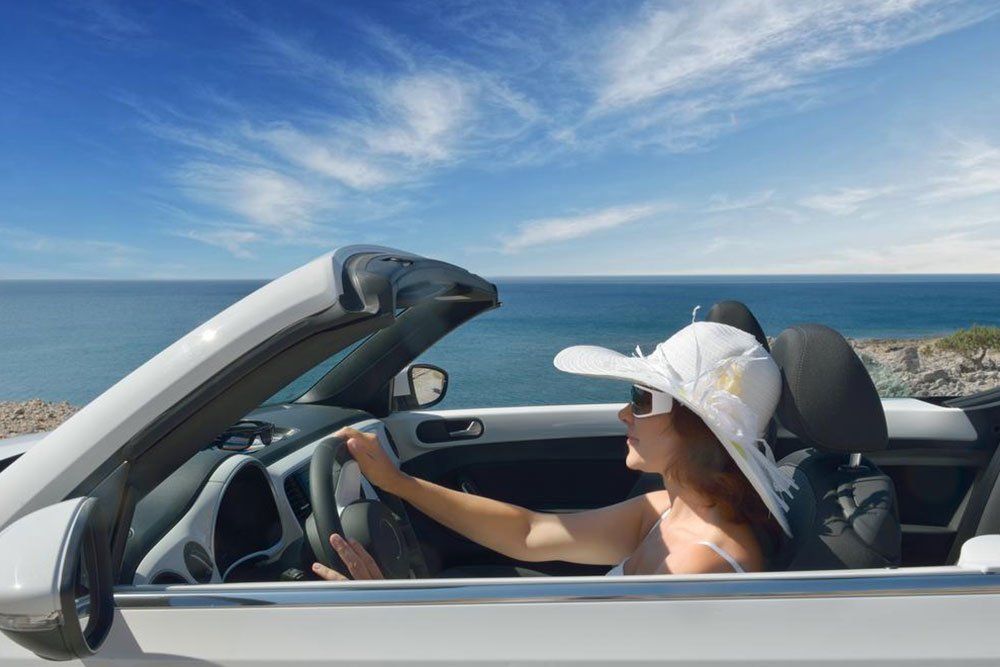
Are Convertible Vehicles Poised to Lead the Next Wave of Automotive Innovation?
Convertible vehicles have long been associated with luxury, leisure, and a sense of freedom on the open road. For decades, car enthusiasts and casual drivers alike have appreciated the unique experience that only a convertible can provide—driving with the top down, enjoying panoramic views, and feeling closer to the environment. Despite the perception that convertibles are a niche market, recent industry data indicates a resurgence in their popularity, with sales steadily increasing over the past ten years. This growth challenges traditional stereotypes that convertibles are prohibitively expensive or too high-maintenance for everyday use.
Many consumers consider purchasing or renting a convertible for special occasions, scenic drives, or vacations. The allure of a stylish, sporty, and versatile vehicle continues to draw interest, fueled by advancements in automotive technology and design innovation. Nonetheless, convertibles come with unique challenges—particularly concerning their maintenance and repair infrastructure. Specialized care, often limited in number, can impact ownership costs and practicality for potential buyers. As the automotive industry evolves with the integration of electric powertrains and autonomous features, an important question arises: Will convertibles adapt to these technological advancements to maintain their appeal?
Understanding the core aspects of convertible design is essential to predicting its future trajectory. Convertibles are typically characterized by a retractable roof mechanism, which can be soft or hardtop. This feature requires intricate engineering to balance aesthetics, safety, and functionality. The design also influences vehicle performance, stability, and safety, especially at higher speeds or during sharp maneuvers. Current safety concerns include the vehicle’s higher center of gravity and potential vulnerabilities during rollovers or accidents. These factors make safety-focused innovations critical for the future success of convertible vehicles.
Automakers and designers face the challenge of creating convertibles that meet evolving consumer expectations for both style and safety. The industry’s stride toward electric convertibles opens exciting possibilities for reducing weight and enhancing driving experience. Additionally, the integration of advanced safety features such as rollover protection systems, adaptive stability controls, and intelligent sensors will likely become standard components.
Another aspect influencing the future of convertibles is their limited functionality compared to hardtop or SUV counterparts. Many buyers are concerned about rear seating capacity, trunk space, and weather resistance, which can impact daily usability. To address these issues, manufacturers are exploring innovative design solutions such as fast-install roof systems, modular interiors, and improved insulation to enhance comfort and practicality.
In conclusion, the future of convertible vehicles depends heavily on how well manufacturers can innovate to overcome current limitations. By focusing on safety, maintenance convenience, technological integration, and versatile design, convertibles can maintain or even expand their market share. As automotive technology progresses, we might see a new era where convertibles combine the thrill of open-air driving with the robustness and practicality demanded by modern consumers.
